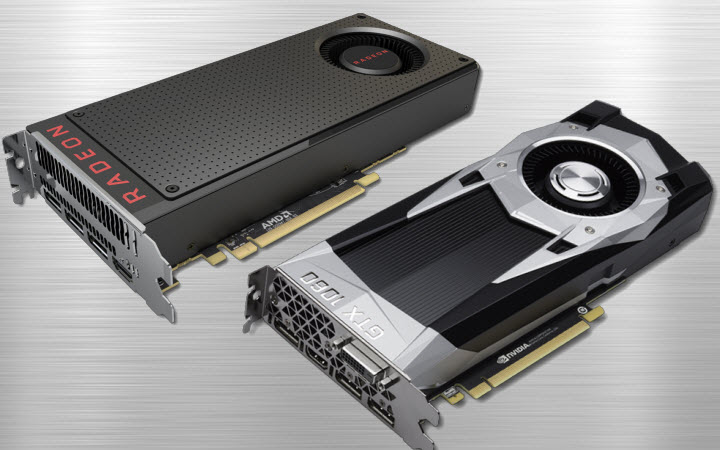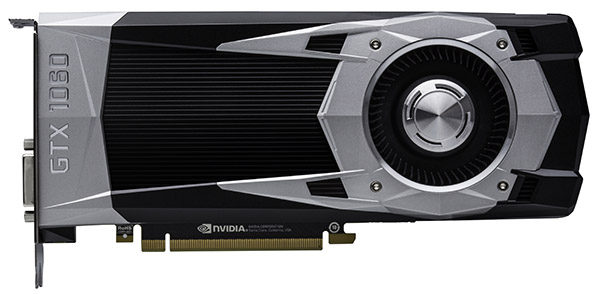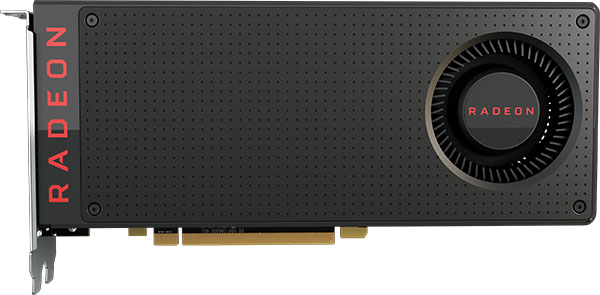AMD vs Nvidia: Whose Driver Updates Improve Performance More?
Conclusion
By now, AMD’s Radeon RX 480 and Nvidia’s GeForce GTX 1060 6GB are both very mature. The pair of cards gives us a rare opportunity to compare products designed to compete against each other and introduced mere weeks apart.
Although we benchmarked three driver builds from each company, allowing us to capture performance snapshots at launch, after a year of improvements, and under today’s newest builds, we’re most interested in pitting each card’s original behavior against their profiles now. We don’t want to reach too far in our attempt to derive meaning from the data, but certain trends are fairly obvious.
In older DirectX 11-based games, Nvidia’s advantage over AMD is huge. Even today, the GeForce GTX 1060 6GB is 12% faster than the Radeon RX 480 in Battlefield 3, 26% faster in Battlefield 4, 14% faster in Metro: Last Light Redux, and 30% faster in Grand Theft Auto V. The margins of victory shrink in newer DirectX 11-based games, and go the other direction in a couple of DirectX 12 titles, favoring AMD’s architecture.
Of the 11 titles we tested, seven see the GeForce GTX 1060 6GB and Radeon RX 480 separated by single-digit percentages in our average frame rate results. It’s no wonder that AMD saw fit to re-release an overclocked RX 480 as Radeon RX 580 just 10 months after the 480’s debut. As cryptocurrency prices stagnate, AMD fans can even find the newer RX 580 for about $20 less than GeForce GTX 1060 6GB.
As for speed-ups specifically attributable to drivers, they’re not as common (or as pronounced) as some enthusiasts might hope. AMD can boast of its gains in Rise of the Tomb Raider. Initially, the Radeon RX 480 didn’t do particularly well in this game. But driver version 16.7.3 included some big fixes that AMD called out in its patch notes. Today, Adrenalin Edition 18.7.1 arms the card with 13%-higher frame rates than the RX 480 at launch.
Tom Clancy’s Ghost Recon Wildlands is a win for AMD too, but mostly because the Radeon’s launch driver preceded Ghost Recon by eight months. Once AMD’s driver team started optimizing for the game, it boosted average frame rates by almost 10%. But in Tom Clancy’s The Division, Ashes of the Singularity: Escalation, and Battlefield 1, the Radeon RX 480’s performance is actually lower today than it was at launch by a few percentage points. But to be fair, AMD’s newest drivers do even out a lot of frame time spikes we measured from earlier builds in those titles.
Nvidia’s most pronounced optimizations happened in Hitman and Ashes of the Singularity. In the former, GeForce GTX 1060 6GB got a 15% boost last year that carries over to the newest 398.36 driver. In Ashes, GeForce GTX 1060 6GB enjoys 13%-higher performance today compared to two years ago. Otherwise, gains range from one-tenth of a percent to about six percent. In Tom Clancy’s The Division, the GeForce GTX 1060 6GB even loses one-tenth of a percent compared to Nvidia’s launch driver.
Get Tom's Hardware's best news and in-depth reviews, straight to your inbox.
Bottom Line
As expected, new video drivers increase frame rates in most titles, but the differences are often subtle. AMD averages a 2.3% speed-up across our benchmark suite, while Nvidia averages 4.3%. In some games, you will see noticeable improvements, with frame rate boosts as high as 15%. But in others, the change is so modest that you might not notice it. It's unlikely that a driver update will make a game that was formerly sluggish or unplayable suddenly run well on the same hardware.
Which graphics card comes out ahead in this experiment? Whether you count the overall improvement from 2016 to 2018 or tally the total number of average frame rate wins, Nvidia's GeForce GTX 1060 6GB bags the greatest number of victories. That's why AMD followed up its Radeon RX 480 with the RX 580 less than a year later.
MORE: Best Graphics Cards
MORE: Desktop GPU Performance Hierarchy Table
MORE: All Graphics Content
Current page: Conclusion
Prev Page Tom Clancy’s Ghost Recon Wildlands (2017, DX11)-
Tmanishere If you compare the cost of Freesync monitor vs G-sync monitor, AMD usually edges over Nvidia in terms of performance vs cost.Reply -
bloodroses A comparison of cards a couple generations old would be a good article as well since these cards are still considered current. It's a pretty common myth that AMD has better support long term whereas Nvidia either drops decent (or even cripples) support on any hardware that isn't current gen. It would be interesting to see the validity in it.Reply -
jimmysmitty Reply21214234 said:i still go for AMD to keep a competitor alive
Only if the price is right. I can't even understand anyone who bought an AMD card when the crypto-currencies were inflating the price to insane levels.
21214277 said:If you compare the cost of Freesync monitor vs G-sync monitor, AMD usually edges over Nvidia in terms of performance vs cost.
True but then the monitor isn't part of the GPU nor is affected by drivers. If thats an important metric for someone then yes it helps. However it doesn't help AMD perform better.
21214328 said:A comparison of cards a couple generations old would be a good article as well since these cards are still considered current. It's a pretty common myth that AMD has better support long term whereas Nvidia either drops decent (or even cripples) support on any hardware that isn't current gen. It would be interesting to see the validity in it.
I don't think there is any validity to it. Its probably came about when new GPUs get released newer drivers sometimes rarely have updates for older hardware. This isn't exclusive to nVidia. I ran ATI then AMD GPUs for 10 years and plenty of times new drivers would come out and performance gains would only apply to new GPUs and not my 1 or 2 gen old GPU.
I do think nVidia has more driver releases than AMD. However driver updates and performance gains all depend. It depends on which games each company focuses on. That might be why some gains are better for each in some games. -
Peter Martin oh yeah, I only buy on good deals.. lol, I don't understand anyone always having to have the latest either. I can wait a few yrs to play video games affordably.Reply -
Johnny Baker I will always favor AMD over Nividia any day. I am not impressed at all by what people claim to be facts. All I can tell you: I'm and AMD freak, always will be, and proud of it.Reply -
derekullo This article reminded me of a quote in another article from a decade ago.Reply
"AMD and Nvidia release numerous driver builds every year. If each of these drivers were to increase 3D speed by 10 percent, the graphics cards would double their performance in a few months. "
https://www.tomshardware.com/reviews/GeForce-Catalyst-overclocking,2037.html
They backtrack a little bit, but I still laugh when I see Nvidia/AMD report an increase of 10% on every little driver update.
For a trip down memory lane and a display of how the chart making skills at Tom's has improved let me reintroduce;
https://www.tomshardware.com/reviews/GeForce-Catalyst-overclocking,2037-14.html -
Matt_550 Should've opted just for the 580X vs 1060 comp since the 480X had to be nurfed because of the failure of its power delivery system that was upgraded for the 580X.Reply -
jimmysmitty Reply21214551 said:This article reminded me of a quote in another article from a decade ago.
"AMD and Nvidia release numerous driver builds every year. If each of these drivers were to increase 3D speed by 10 percent, the graphics cards would double their performance in a few months. "
https://www.tomshardware.com/reviews/GeForce-Catalyst-overclocking,2037.html
They backtrack a little bit, but I still laugh when I see Nvidia/AMD report an increase of 10% on every little driver update.
For a trip down memory lane and a display of how the chart making skills at Tom's has improved let me reintroduce;
https://www.tomshardware.com/reviews/GeForce-Catalyst-overclocking,2037-14.html
Those 10% though ar enot for the same game every time. If you read driver notes they typically state what performance gains you might see on what game and what hardware.
There is very rarely a just generic across the board performance improvement for all games. Now if the companies could focus on say just the API and improve the performance on DX12 then that could apply to DX12 titles but it still does not work that way unfortunately.



